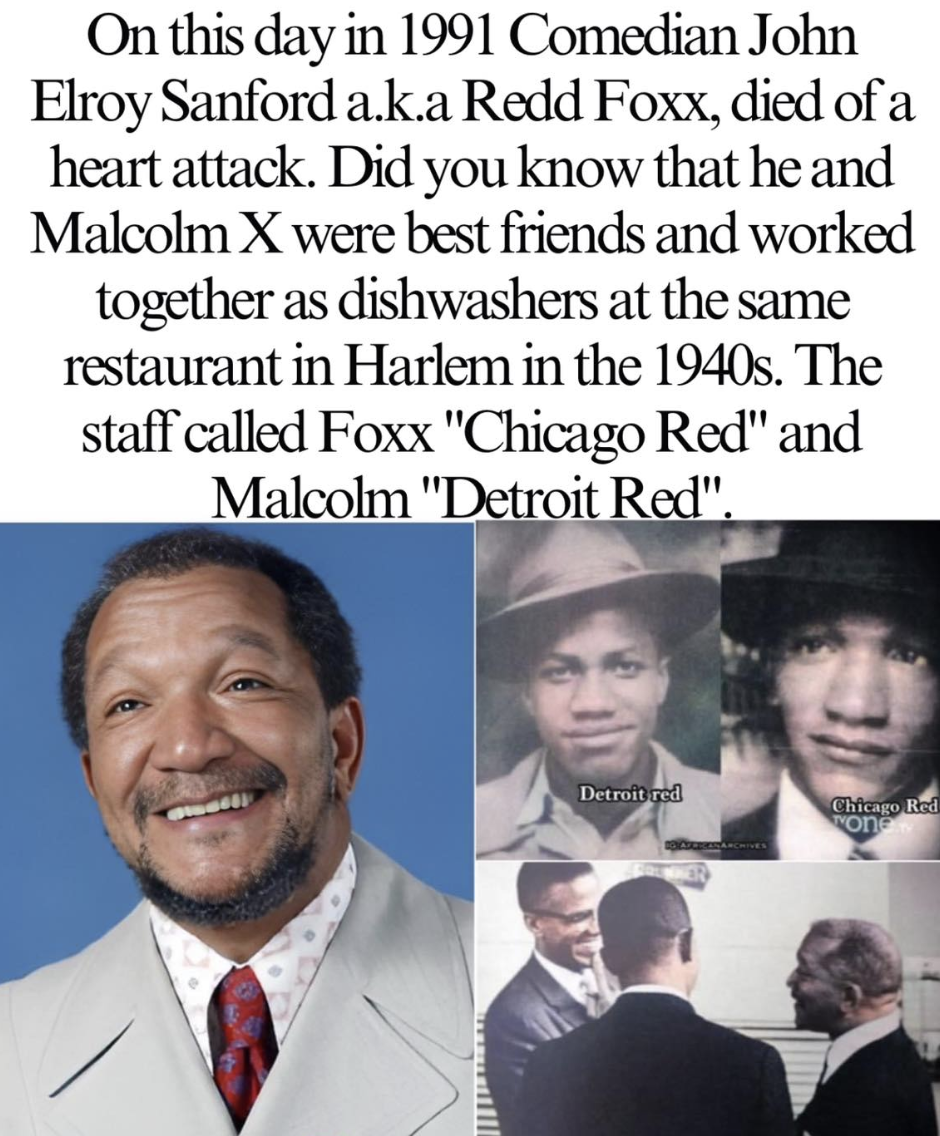
Long before the iconic deluxe apartment in the sky of The Jeffersons or the vibrant, hilarious world of Martin, there was a cramped, cluttered junk shop in Watts, Los Angeles, run by a cantankerous old man and his long-suffering son. Sanford and Son, which premiered in 1972, wasn’t just a popular sitcom; it was a groundbreaking cultural phenomenon that profoundly impacted American television, opening doors for a generation of Black-led comedies that followed.
Breaking Barriers with Unflinching Honesty
In the early 1970s, Black representation on mainstream television was still largely limited. While shows like Julia and The Bill Cosby Show had made strides, Sanford and Son brought something new and revolutionary to the screen: an unapologetically authentic portrayal of a working-class Black family. Unlike its predecessors, which often featured middle-class or professional Black characters, Sanford and Son delved into the lives of the Sanford family, who ran a modest junk business. This grounded reality resonated deeply with audiences and offered a refreshing counter-narrative to prevailing stereotypes.
At its heart was the unparalleled comedic genius of Redd Foxx as Fred G. Sanford. Foxx, a veteran of stand-up comedy known for his edgy, no-holds-barred humor, brought an unprecedented level of realness to the character. His improvisational skills and willingness to push boundaries translated into a show that felt raw, spontaneous, and incredibly funny. This wasn’t just safe, sanitized humor; it was comedy drawn from everyday struggles, family dynamics, and social observations, often tackling subtle racial undertones with wit rather than heavy-handedness.
The Power of Relatable Characters and Sharp Dialogue
Sanford and Son succeeded because its characters, despite their eccentricities, were deeply relatable. The core dynamic between the shrewd, manipulative father Fred and his earnest, often exasperated son Lamont (played by Demond Wilson) was universal, yet distinctly rooted in their specific cultural context. Their constant bickering, laced with Fred’s iconic insults like “You big dummy!” or his dramatic fake heart attacks (“This is the big one, Elizabeth!”), became instant classics.
The show also skillfully balanced its humor with moments of genuine heart and emotional depth. While Fred might be stubborn and Lamont exasperated, their underlying love and reliance on each other were always clear. This blend of sharp comedic writing, brilliant performances, and emotional authenticity built a strong connection with viewers of all backgrounds.
Paving the Way for a Golden Age of Black Sitcoms
The immense success of Sanford and Son proved to networks that there was a massive audience hungry for stories centered around Black families and experiences. Its high ratings and cultural impact directly cleared the path for a boom in Black sitcoms throughout the 1970s and beyond:
- Good Times (1974-1979): Spun off from Maude, Good Times also focused on a working-class Black family, the Evans, navigating life in a Chicago housing project. It shared Sanford and Son‘s commitment to realism and humor derived from everyday struggles.
- The Jeffersons (1975-1985): A spin-off from All in the Family, The Jeffersons presented a stark contrast to Sanford and Son‘s working-class setting by showcasing a successful, upwardly mobile Black family who had “moved on up to the East Side.” This demonstrated the diverse narratives possible within Black sitcoms.
- What’s Happening!! (1976-1979): Focused on the lives of three Black teenagers, offering a different perspective on urban youth.
The influence didn’t stop in the 70s. The groundwork laid by Sanford and Son continued to inspire shows like The Cosby Show in the 80s, and the edgier, character-driven humor directly echoed in the 90s hits like Martin and The Fresh Prince of Bel-Air. These shows, while distinct in their settings and themes, all benefited from Sanford and Son‘s initial success in carving out a mainstream space for Black voices and narratives.

Sanford and Son was more than just a funny show; it was a cultural touchstone that courageously pushed boundaries and redefined representation on American television. By celebrating the humor and humanity of a Black working-class family, it didn’t just entertain; it fundamentally changed the landscape, ensuring that the laughter and stories of Black communities would find a permanent and prominent place on the airwaves.
What do you think was the most impactful aspect of Sanford and Son‘s legacy?
